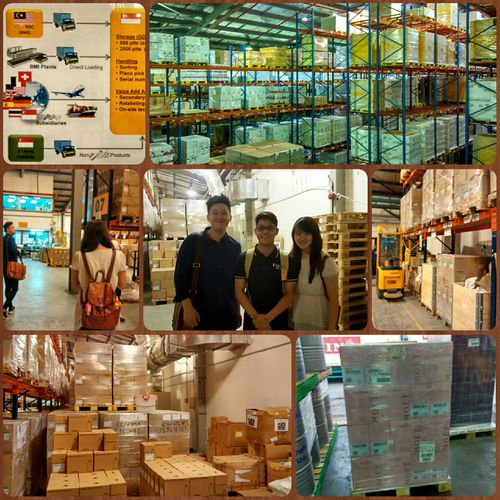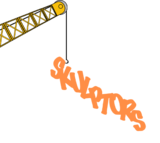ANLY482 AY1516 G1 Team Skulptors - Warehouse Tour
Jump to navigation
Jump to search
| Summary | Description | Warehouse Tour | Methodology new! | Technology new! | Limitations & ROInew! |
To understand the warehouse problems, the team interviewed the clients and warehouse workers. This is to identify the different sets of problems each employee faces in their unique job scope. In addition, the team was also fortunate to engage in a day tour of the warehouse to observe, witness and even experience for themselves, the work process in a warehouse. Through this warehouse tour, the team was able to map a clearer visualization of the problems that were arising in the warehouse.

Some of the main problems identified from the warehouse tour were:
- Slow picking process. As the picking process is done by order picking, it is common for a worker to pick the same SKU for different orders at different timings. Such repetition has led to lower efficiency in picking turn around rates.
- Overflowing of products. Overflow is a scenario where inbound SKUs are unable to be placed in a proper pick location in the warehouse as the shelves are all full. These overflow products are thus often placed in unspecified locations such as on the floor or in another warehouse which does not house BBraun products. Such a problem arises as there is no platform for the client to monitor the rate of movement (into and out of the warehouse) for each SKUs. Hence, he is unable to gauge the occurrence of overflow beforehand.
- SKUs are not placed in optimal pick locations. Fast moving SKUs which are supposed to be placed in fast pick locations is not apparent in the warehouse. This is because workers do not know the nature of each of the different SKUs and hence, often end up placing them in any pick location which is available, or just simply, nearest to them. Due to such inefficient placing of SKUs, it was also common for workers to forget where they were place.
